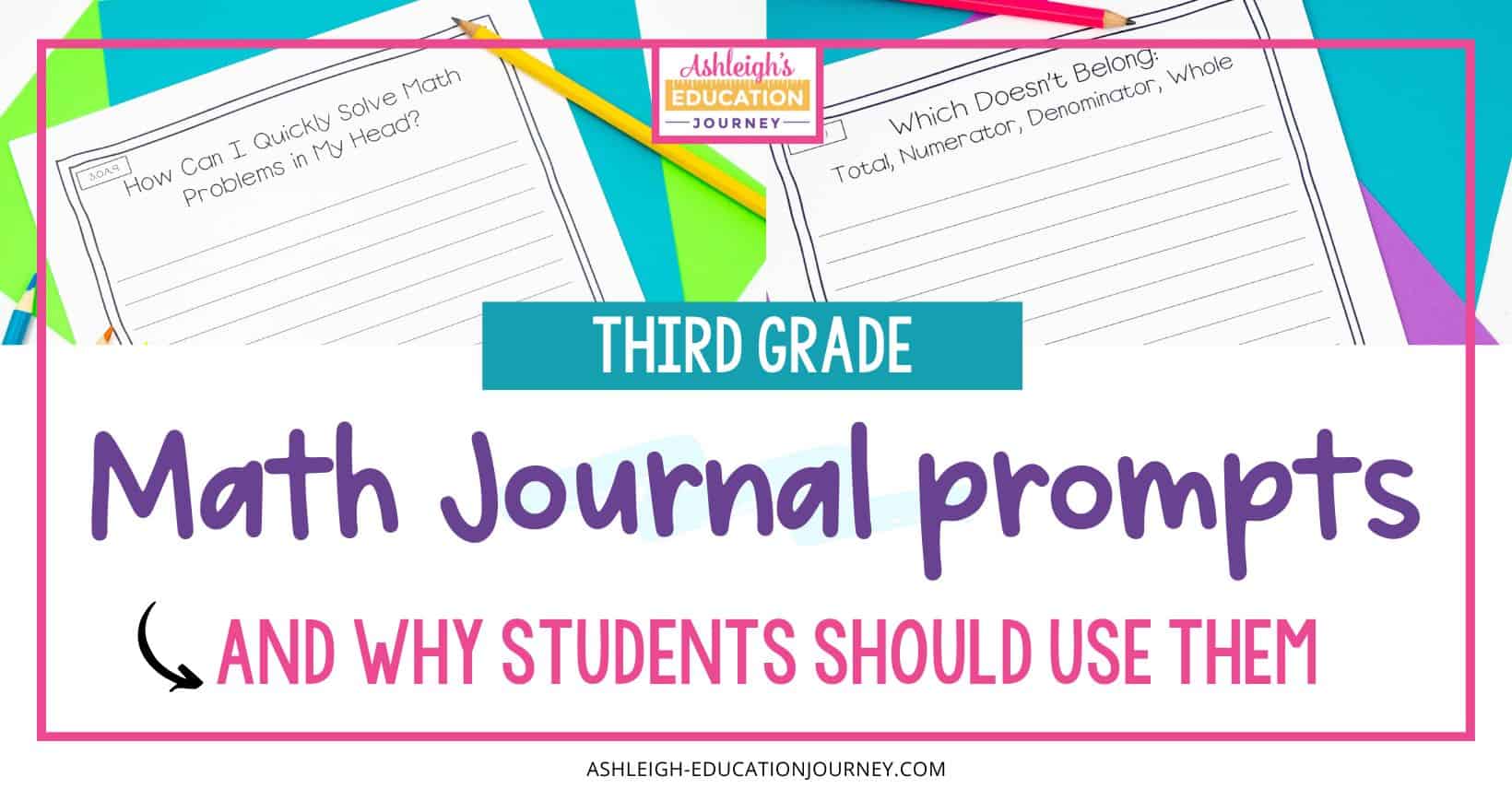
Writing about math is an important part of math instruction. When I was in elementary school reading was reading, writing was writing, and math was math. Each subject area was defined and limited to one thing. Now it seems like one subject blurs into another. We have students writing about what they’re reading and reading about what they are writing. Math is a little more tricky. I regularly have my students write word problems, and I add written responses to many of my math tasks. But, I’ve always felt like I could improve in this area. For about a year I tried different strategies and techniques and read everything I could about writing about math. Once I found a system that worked, I compiled everything into: Math Journal Prompts for the Third Grade Common Core Standards.
Writing about Math
When I first thought about math journals, I was skeptical, because I saw them as extra work without a significant benefit. However after researching writing about math, I learned that there are huge benefits to students regularly writing about math. I do want to point out that these journal prompts are not math word problems or multi step constructed response problems. I teach those regularly, but this is a different approach to writing about math.
In the resource, there are 100 math journal prompts that are specifically aligned to third grade math. There is a list of all the journal prompts that are organized by standard, and there are at least three prompts for every standard. These can be used in any type of notebook: binders, spiral notebooks, composition notebooks, etc.
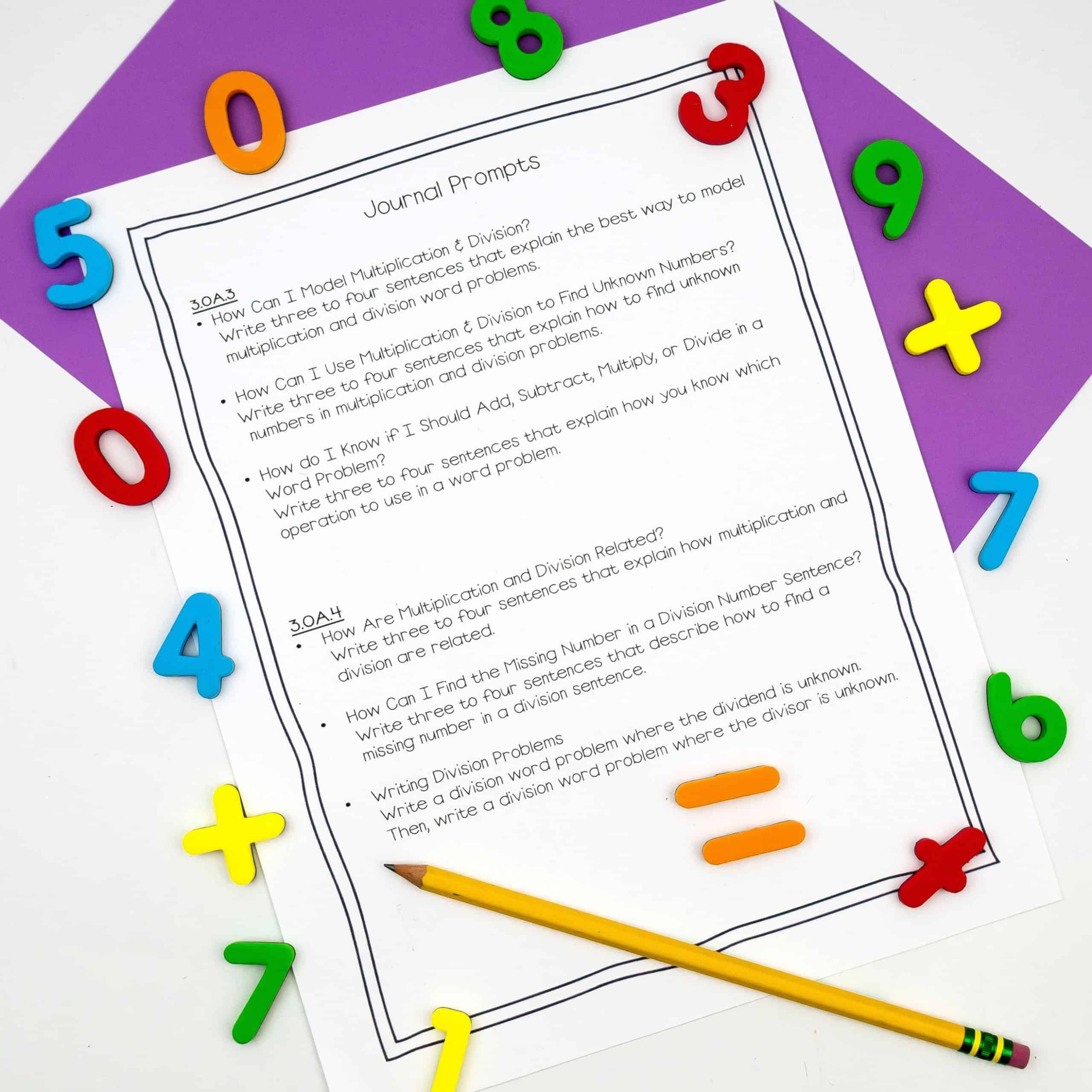
I created labels for each prompt to help save you a little time. You can print the prompts on Avery labels and have students attach the prompt label to their journal.
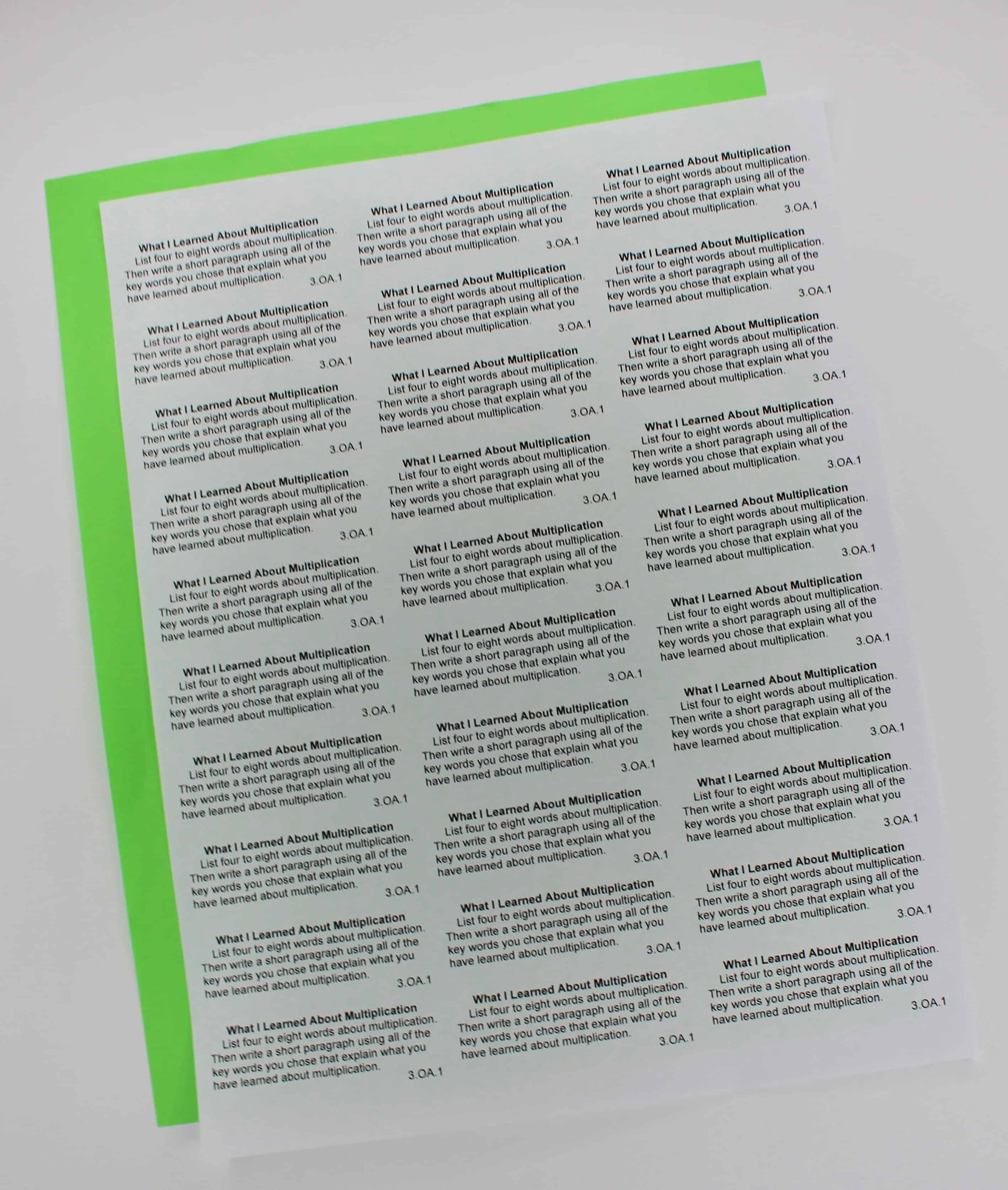
There is a full page printable for each math prompt. There is one version with the standard included and one version without the standard. You can print the math journal prompts out and have students complete at a time or place them inside a 3-ring notebook, or you can bind the prompts into math notebooks. This could be used as homework, morning work, centers, or a regular part of your classroom routine for writing about math.
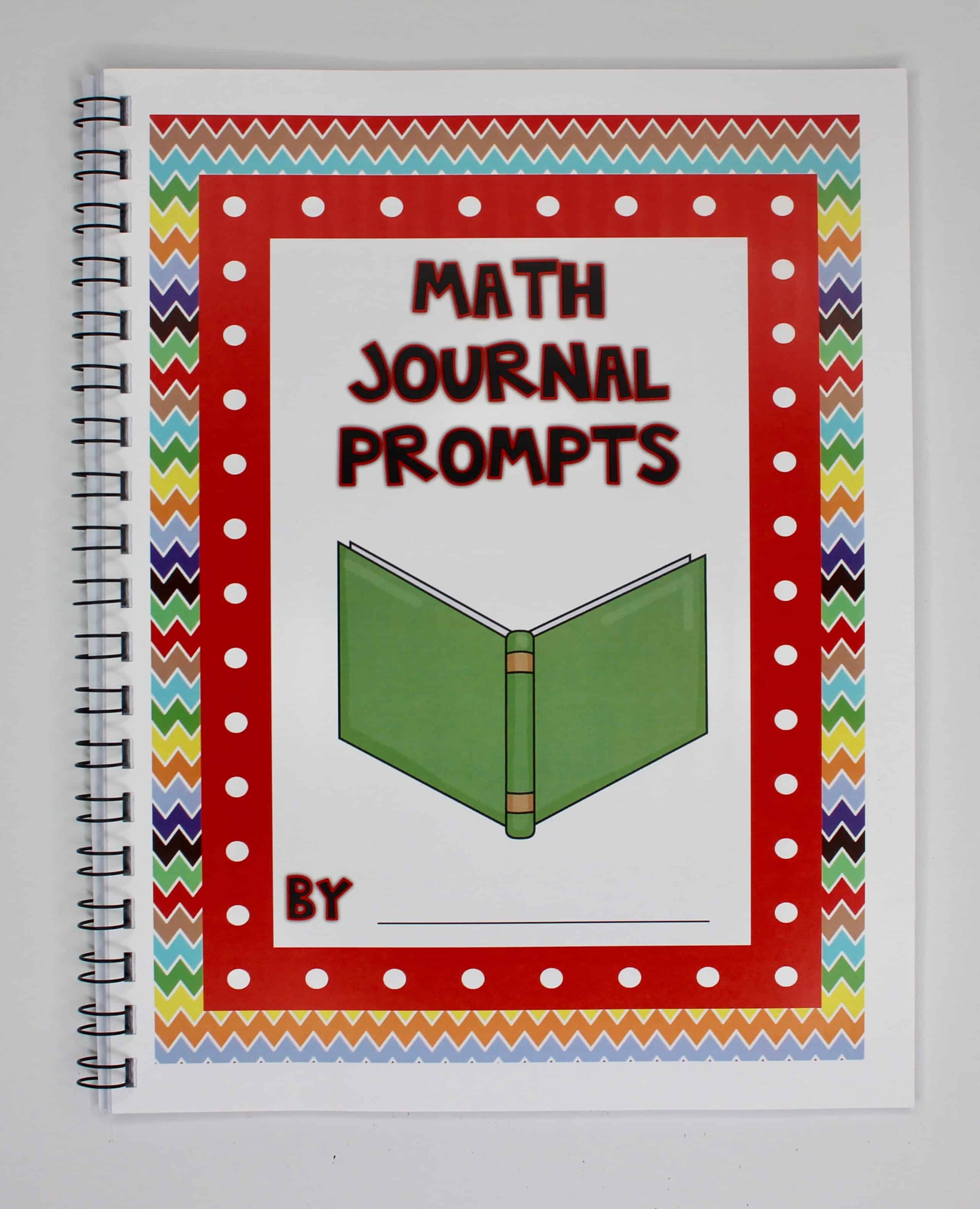
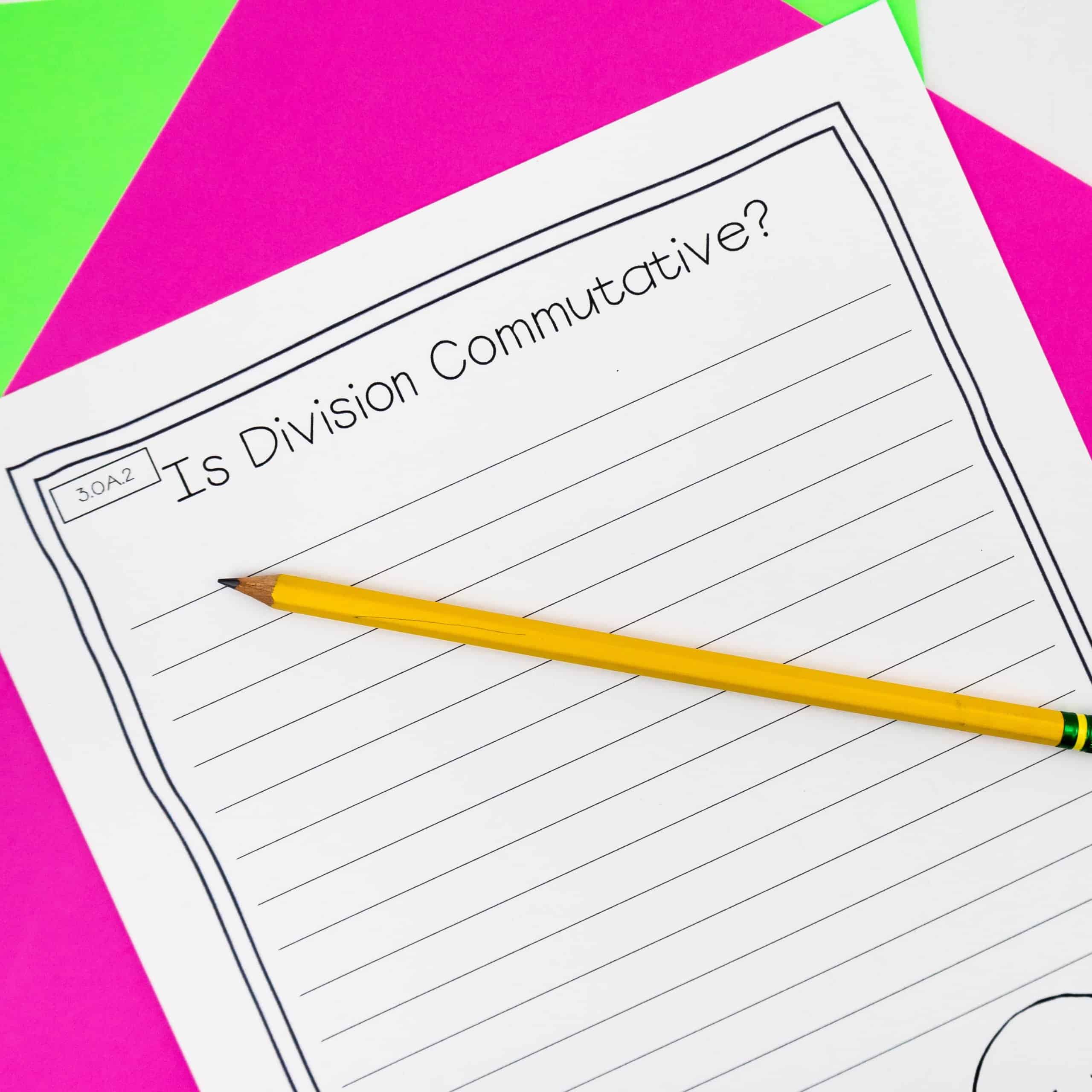
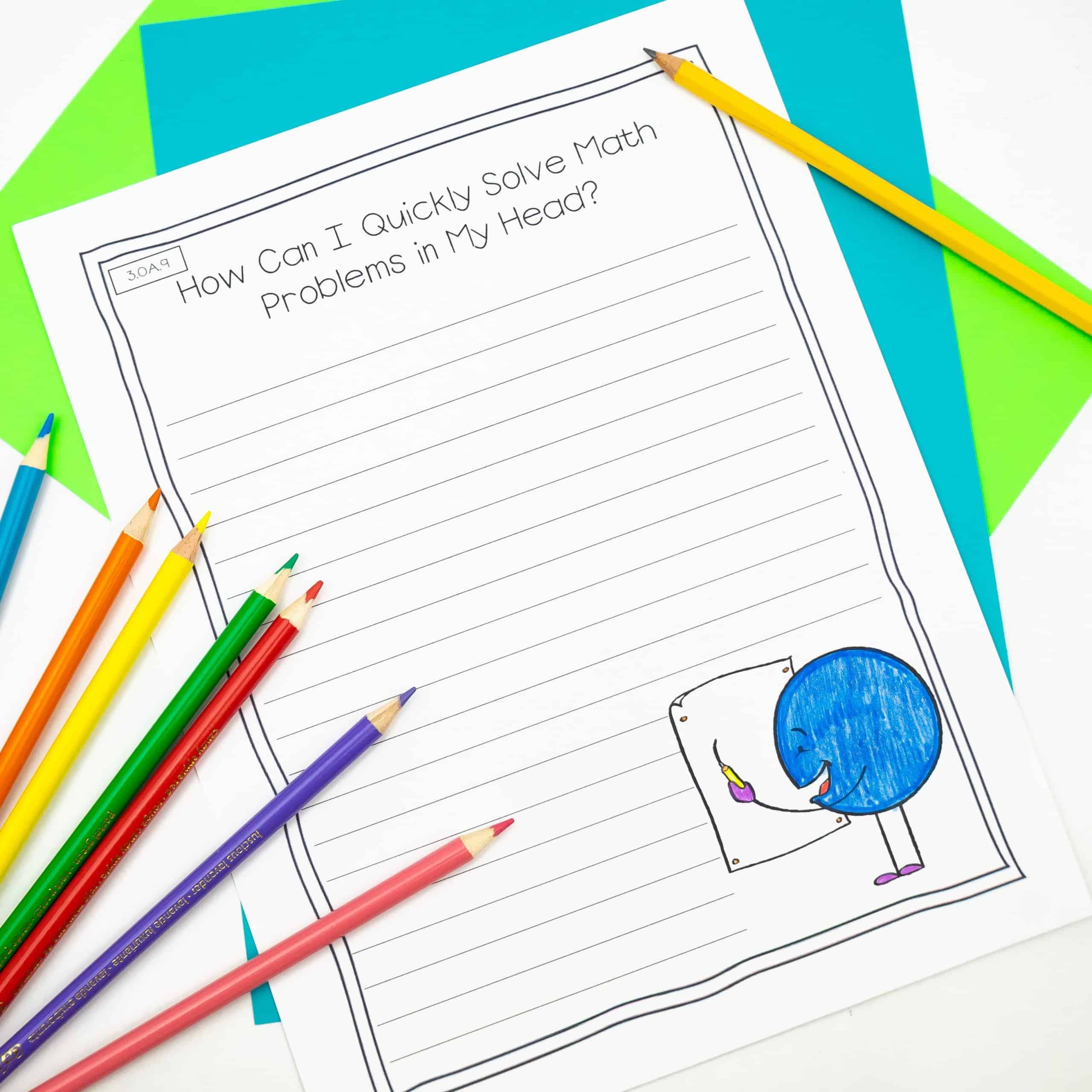
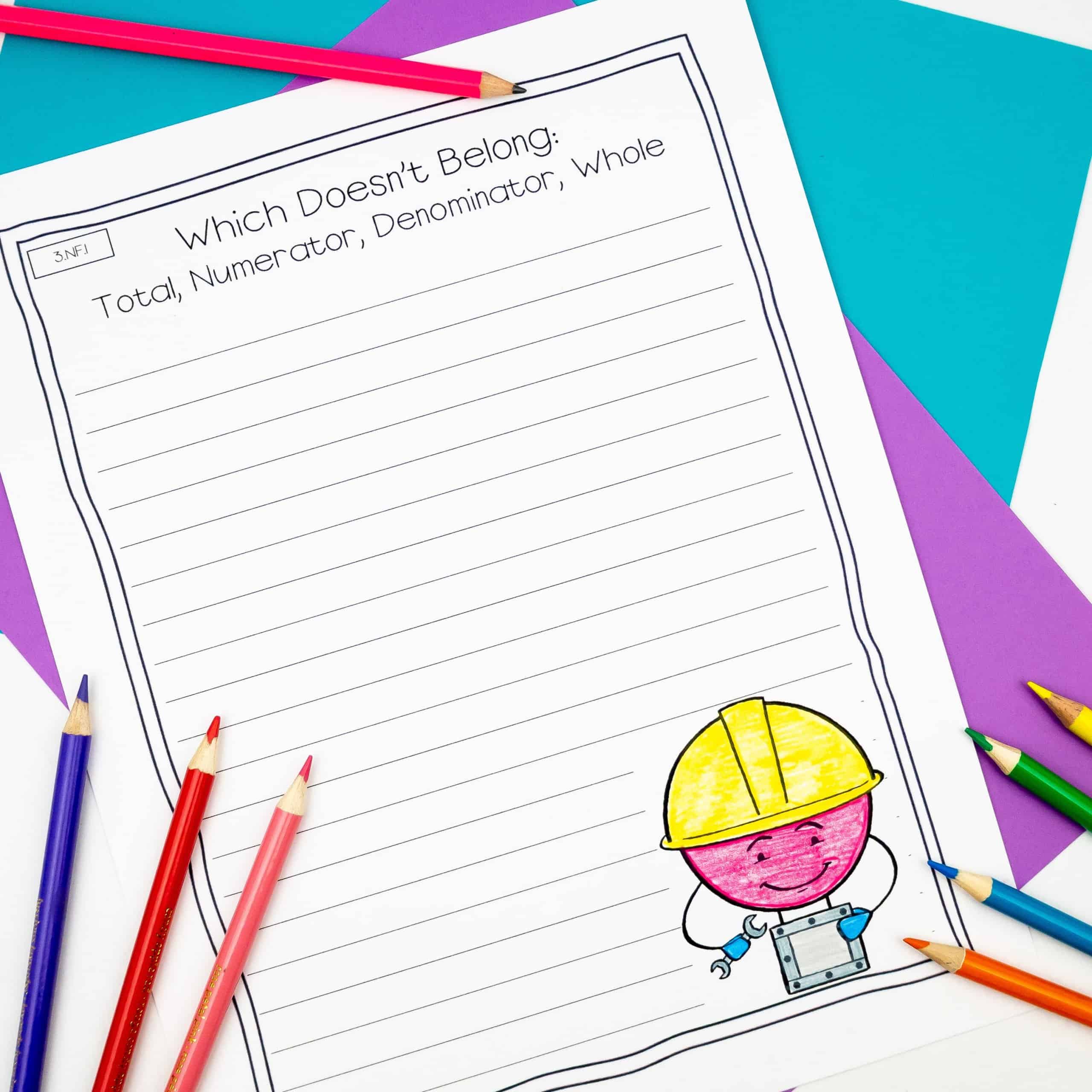
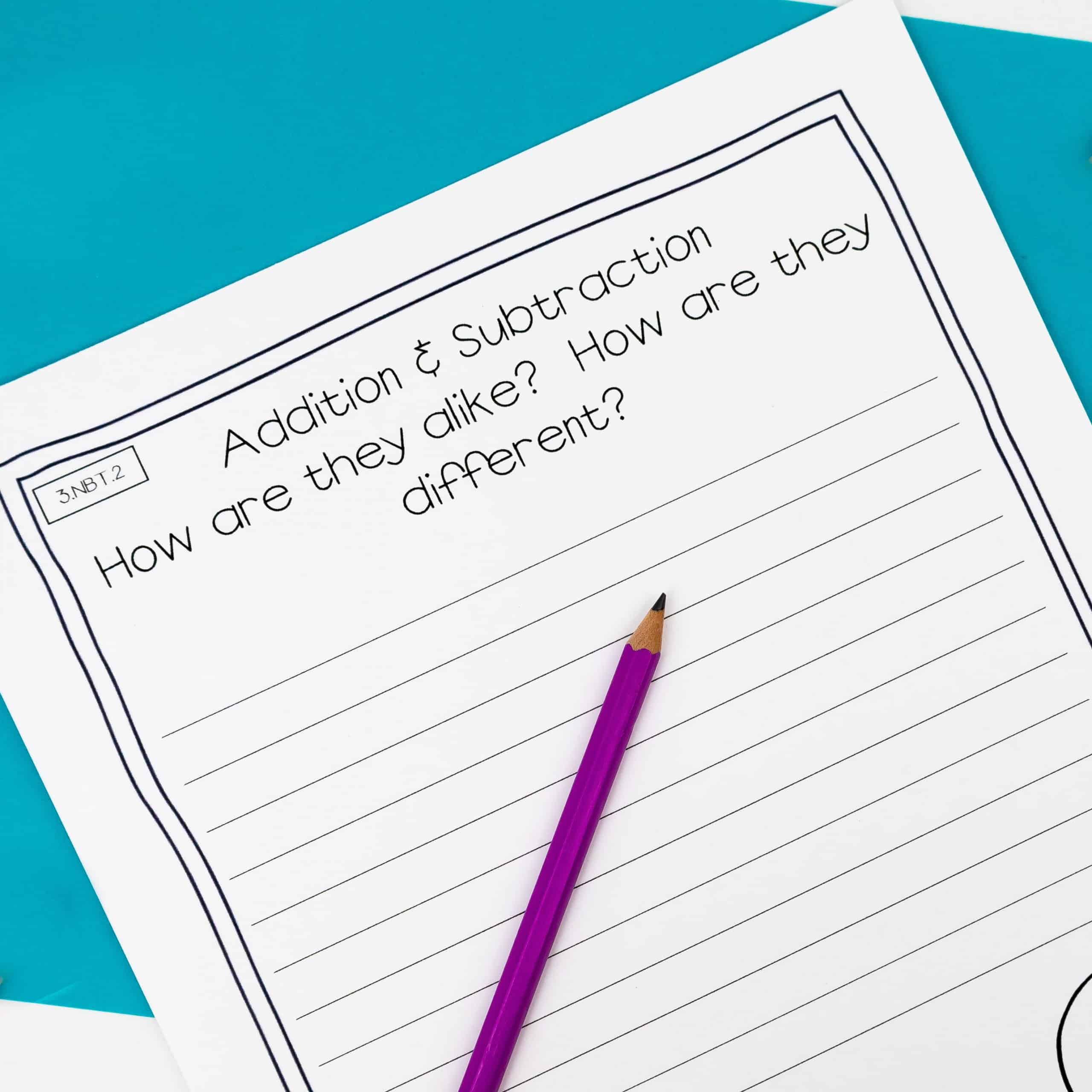
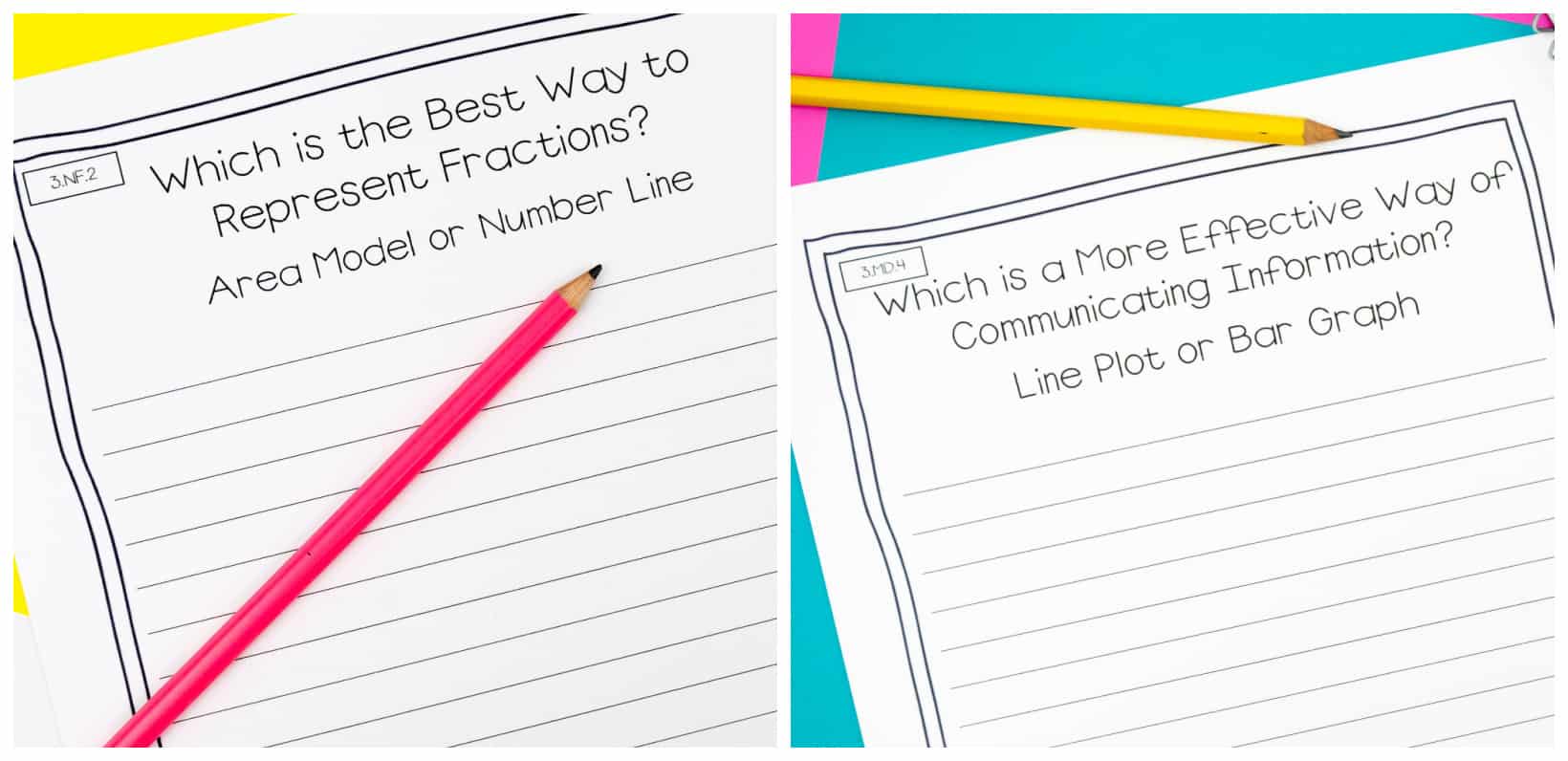
I love that fact that I get a clear insight to my students’ thinking with these prompts. Writing about math allows us to have deeper classroom discussions, and I have the opportunity to see common misconceptions about different concepts and ideas. I do not correct or grade any of the prompts. It is important to emphasize that students don’t need to worry about being wrong. The only real rule is that during our writing time (5-10 minutes) students must be writing the entire time. As long as students are writing, I’m happy. When we share the responses, I always try to select responses that have completely different viewpoints and turn those views into a class discussion, which is always powerful.
Be sure to check out this post to read more about teaching elementary math!

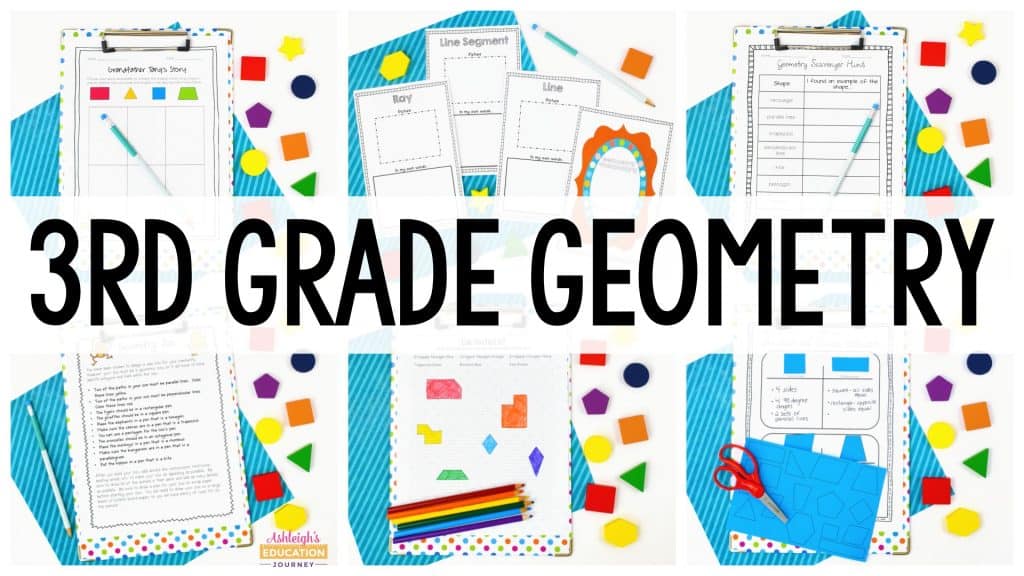
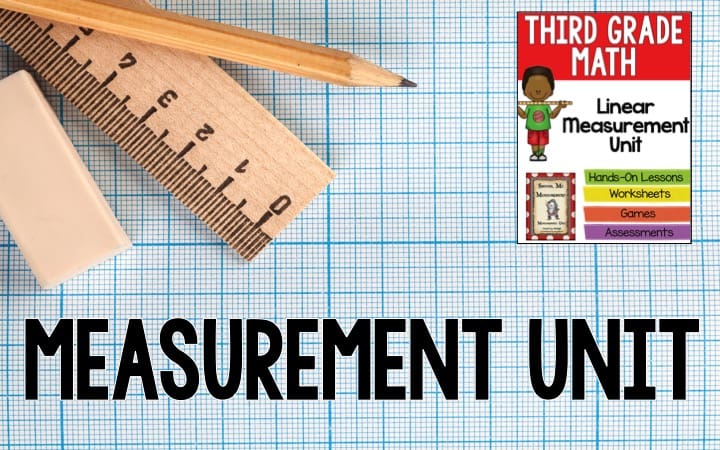
I would like to know where to purchase the 100 math journal writing prompts for third grade. I could not find it on the website.
It should be at the top of the blog post!